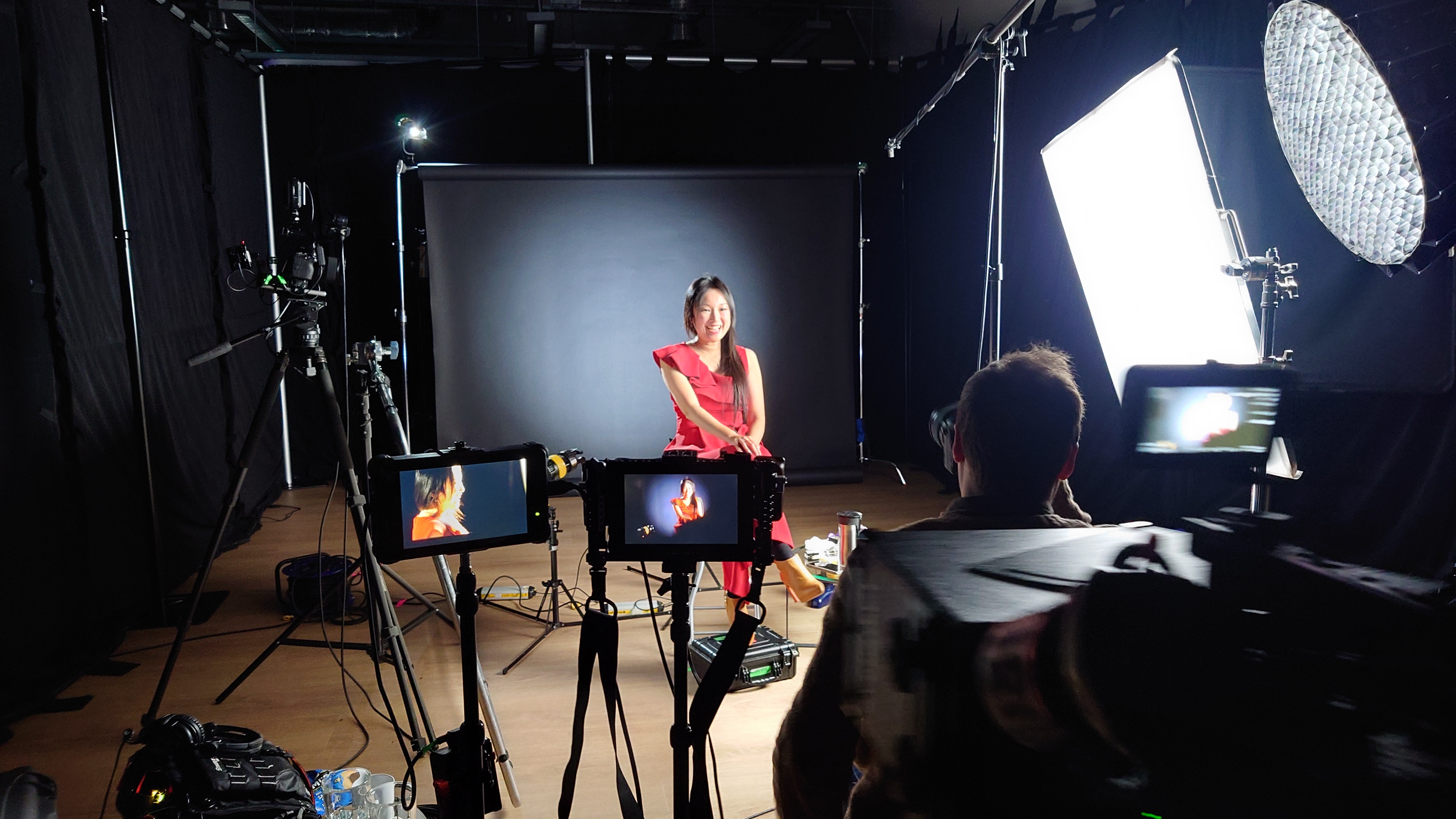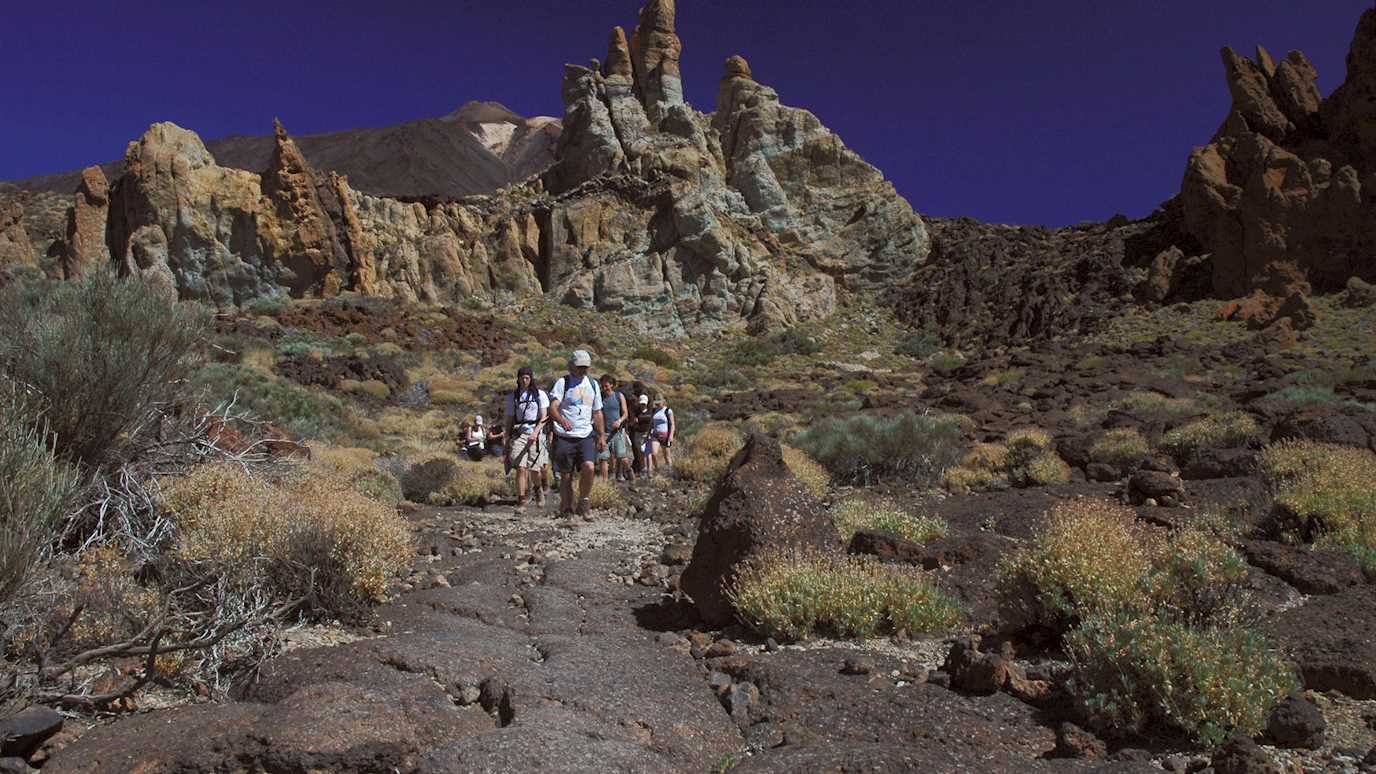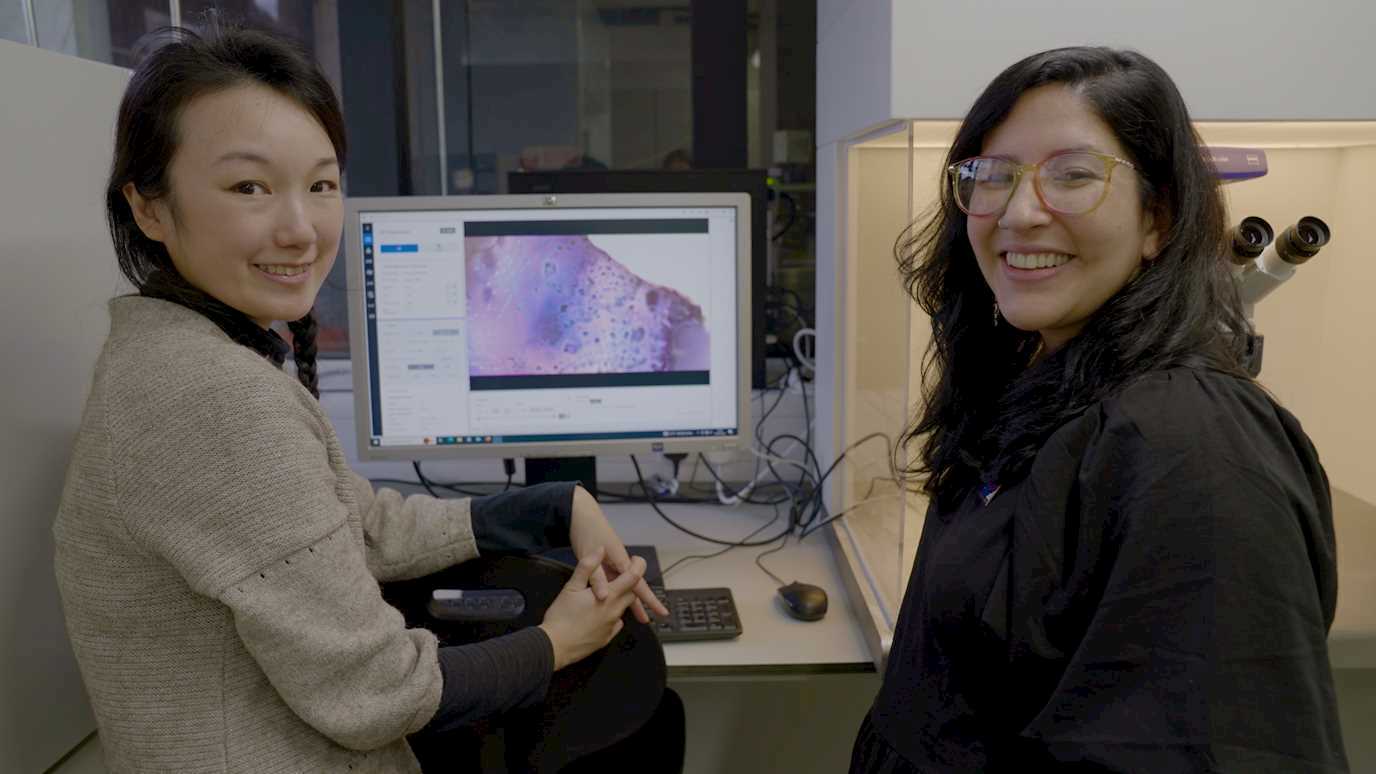Anirban Basu
A new way to estimate the bacterial uranium removal rate in contaminated aquifers as well as ancient oceans
Certain bacteria are able to “breathe” radioactive element uranium that is dissolved in water and convert it to a less toxic form, which does not dissolve easily. This “breathing” is often employed to clean up radioactive wastes and contaminated aquifers. Tell-tale signs of bacterial breathing of uranium are revealed by tiny changes in the ratios of naturally occurring isotopes of uranium (238U and 235U). But these changes in uranium isotope ratios are highly variable according to previous experimental studies. New research led by the researchers from the Royal Holloway, University of London, University of Bern, University of Illinois at Urbana-Champaign (USA), Lawrence Berkeley National Laboratory (USA) and Argonne National Laboratory identifies what controls the uranium isotope ratios during bacterial “breathing” of uranium. This discovery based on laboratory experiments and reactive transport simulations suggests that the changes in uranium isotope ratios depends on how rapidly bacteria consumes dissolved uranium. The results may provide a new way to estimate the bacterial uranium removal rate in contaminated aquifers as well as ancient oceans. The work is published in Environmental Science and Technology.

Conceptual model for bacterial uranium removal and associated changed in U isotope ratios. The uranium reduction is occurring on the bacterial cells. This model suggests that the balance between uranium removal rate and the chemical communication between dissolved uranium and bacterial enzyme will control uranium isotope ratios.
https://pubs.acs.org/doi/10.1021/acs.est.9b05935
























